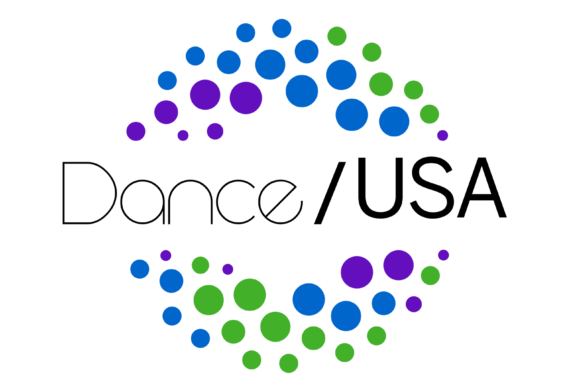The Multi-Faceted Body of Diversity
Discussions about diversity — dealing with race, gender, identification, politics, in or outside of dance — are discussions we will never stop having, whether we choose to participate or not. But to shy away from them, because they are uncomfortable or they shatter our safe reality, only provides more unanswered questions and more space for marginalization and the muting of underrepresented people, artistic practices, and the continued segregation of any ‘other’ not socially recognized.
Dancing in the Field: #dusaconf 2012
Institutions are set up, in part, to provide job security for key
positions, and an overall sense of constancy of support for the art. The
problem is that definition leaves out a lot of artists and arts
workers: the white elephant in the room at most Dance/USA events I’ve
attended in the past. Now more than ever it seems the big ballet
companies, the experimental independent artists, emerging leaders, and
everyone in between feel the pains of struggling to sustain.
Is Dance a Field in Danger?
A young woman started to cry as she described her personal struggles with a career in dance, and the difficulty of working multiple jobs in the service industry without access to adequate health care or insurance.
This could be you.
This could be your dance student.
It’s All in the Journey
An artist-centered sharing of culture and creativity is a practice
embraced by many choreographers; serving an essential purpose in
fortifying artistic inspiration and creative explorations, stimulating
the artistic journey from the studio to the stage.
Small Strokes of Listening: A Few Reflections on Diversity from the Dance/USA 2012 Annual Conference
The unfortunate effect was the discussion had been silenced by a dance…. It was clear that
everyone in the room wanted more space and time for the discussion….
And so I was left
wondering again: How and when do we listen to each other as a dance
field? How can we create spaces that make room both for dancing and for
discussing?



Two Shoes, Same Foot: Vernacular Dance & Concert Dance, Part 2
As a teenager I was reluctant to openly study hip-hop dance although I
loved the music, like much of my generation, because I had a vague fear I
might be “stealing” it. It took a lot of pain and discomfort from many
areas of my dance training to realize that no matter what my focus was
going to be, racism was an element of so many stories in American dance
history that it could not be avoided – and that ignoring it would not
make it go away. It might make it worse.